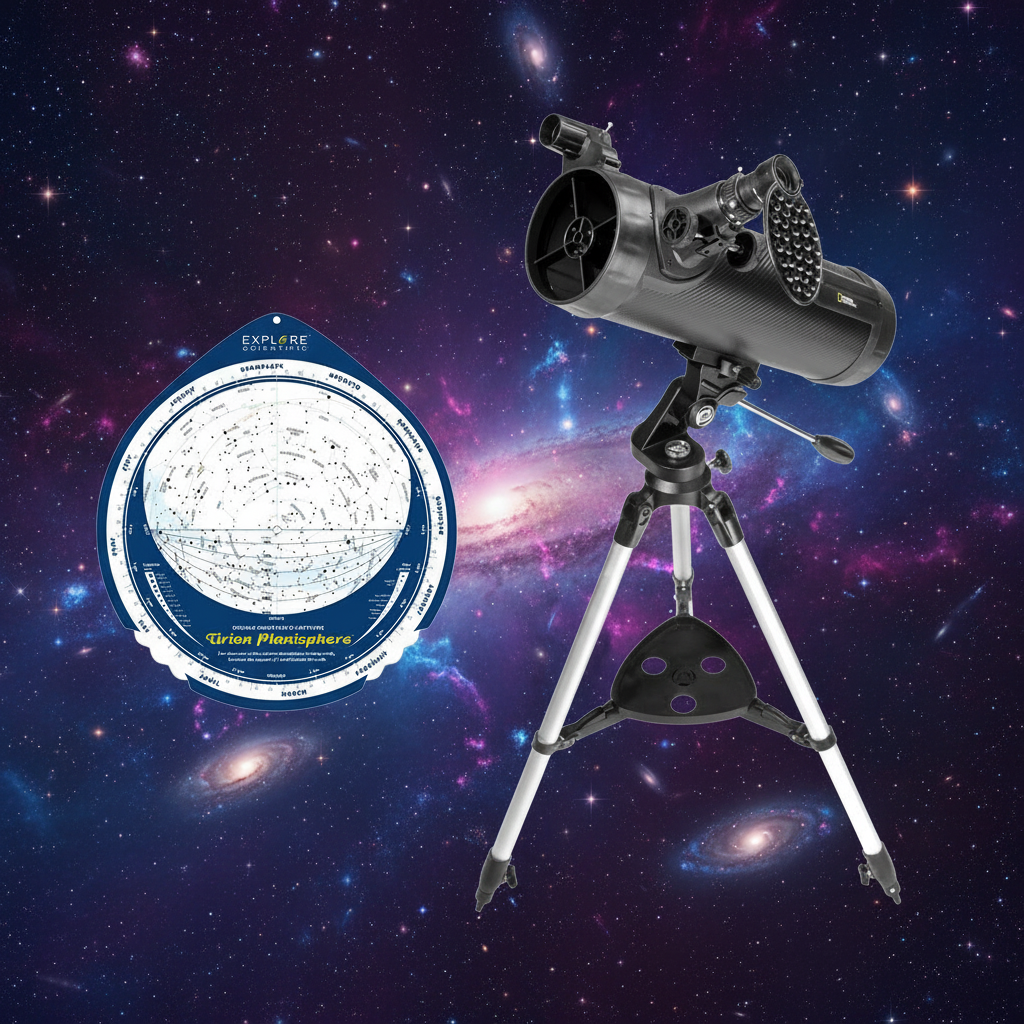At any moment of the day, countless awe-inspiring celestial events are unfolding in the sky. With a universe of options, it can be hard to pin down what to observe, what to look into or what to remember. This column takes a peek at what’s happening in the sky and in the world of astronomy in general to provide a quick list of highlights that can jumpstart your own explorations.
What to observe:
April 22/23 – Lyrid Meteor Shower
Right now one of the oldest meteor showers on record is taking its annual turn in the skies. The Lyrids, which are caused by the Earth’s passage through debris left behind by Comet Thatcher, are set to peak in the wee hours of April 22nd/23rd with an average hourly meteor count between 10 and 20. Especially favorable for the northern hemisphere, the Lyrids appear to radiate from a point near the bright star Vega in the Lyra constellation. However, observers should actually look at a dark patch of sky about 90 degrees away from the radiant point to see the most meteors. To view the Lyrid meteors, which have been known to briefly leave behind glowing dust trails, all you need is your naked eye and a good place to lie down under an open sky.
Hydra Constellation
April is an ideal time to view the massive Hydra Constellation, which winds its way across southern skies as a celestial incarnation of the water snake. As the largest and longest of the 88 constellations, Hydra covers a 1,303 square degree area in the sky. Defined by 17 stars, it is visible from 83° South to 54° North. In terms of stars, its brightest is Alphard (Alpha Hydrae), which is a barium-rich giant star with an orange hue and an apparent visual magnitude near 2. The constellation also offers R Hydrae - a pulsating variable star that experiences intense changes in magnitude; Epsilon Hydrae - a multiple star system that includes a spectroscopic binary; Gamma Hydrae - a yellow giant; V Hydrae - a carbon star that is one of the reddest visible stars; and U Hydrae - a carbon star that can be seen with the unaided eye. Even though Hydra is not as packed with observing targets as one might expect, it still has several notable deep sky objects. One of the easiest to spot is Messier 48, an open cluster that can be seen as a hazy patch with the naked eye or resolved into dozens of brilliant stars with a pair of binoculars. Messier 68 is a stunning globular cluster with a round appearance that puts on a great show in a larger telescope. The constellation also contains Messier 83. Known as the Southern Pinwheel Galaxy, this deep sky treat is one of the closest and brightest barred spiral galaxies. Home to six known supernovae, this active galaxy gloriously displays its spiral arm structure when viewed through a moderate to large telescope. Beyond the Messier catalog, Hydra also boasts an intriguing planetary nebula known as the Ghost of Jupiter. This feature has a bluish hue and can be easily examined through a telescope.
What to look into:
April 25 - Astronomy Day
Promoted and organized by the Astronomical League, Astronomy Day is scheduled for April 25th, and events are being planned around the country to celebrate. Boasting roots that go back to 1973, Astronomy Day has been held in the spring and fall each year since 2007. With a theme of “Bringing Astronomy to the People,” organizers describe the day as a grass roots movement with a mission to expose as many people as possible to the wonders of astronomy. Astronomy clubs, observatories, planetariums, schools and more will mark the day by holding a variety of events. For more information or to view a list of scheduled events, visit www.astroleague.org/al/astroday/astroday.html or check with your local astronomy club.
Global Astronomy Month
Astronomers Without Borders’ Global Astronomy Month is in full swing and a bounty of activities are available to enjoy. An online highlight for this week is the rescheduled Messier Marathon, which begins at 18:30 UT on April 22nd. During a traditional Messier Marathon, observers haul equipment into the field in an attempt to find as many of the 110 astronomical objects detailed in the famed Messier Catalogue as possible in one night. In this online event, The Virtual Telescope Project will do the heavy lifting for you. To access the marathon, visit www.virtualtelescope.eu/webtv/. Astronomers Without Borders organizes Global Astronomy Month each April to emphasize its motto - “One People, One Sky.” For a complete list of GAM 2015 programs, visit http://astronomerswithoutborders.org/gam2015-programs/program-schedule-2015.html.
As an Amazon Associate we earn from qualifying purchases.












Leave a comment
This site is protected by hCaptcha and the hCaptcha Privacy Policy and Terms of Service apply.